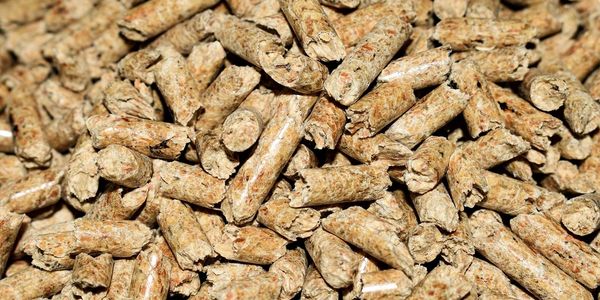Signed in as:
filler@godaddy.com
Signed in as:
filler@godaddy.com
Prickly Acacia has been declared a weed of national significance. It has transformed vast areas of North Queensland’s pastoral lands into dense, thorny thickets, rendering them unworkable.
Originally introduced as shade cover for cattle, seeds are easily spread by livestock, waterways, and machinery. Once established, the plants release toxins that inhibit the growth of other vegetation, leading to soil erosion, biodiversity loss, and barren landscapes. Containment is virtually impossible without large-scale intervention.
Prickly Acacia has become a major threat to productivity, biodiversity, and native ecosystems.
23 million hectares of land has been degraded by prickly acacia.
175,000 seeds can be produced per tree each year, remaining viable for at least six years.
15% spread per year, threatening the beef industry and causing significant declines in land value.
$27.5 million in lost production annually for landowners.
Despite decades and millions of dollars invested in chemical and mechanical control, the infestation continues to expand. The cost to farmers, councils, and the environment is significant.
And the cost of inaction keeps growing. We need new thinking.
The solution isn’t eradication - it’s transformation.

Nova BioEnergy’s solution is simple but powerful: harvest and process Prickly Acacia into torrefied biomass pellets to create a carbon-neutral, coal-alternative fuel for industrial use.
For every 100,000 tonnes of biomass processed, 4,000 hectares of infested land can be returned to productive native grasslands, the impact of which is vast.
Farmers and graziers gain back viable pasture, restoring value to their land. Native, protein rich grasses like Mitchell and Flinders will regenerate, which is beneficial for livestock, especially during periods of drought.
Native animals will return as native vegetation regenerates, reversing the damage caused by the invasive species and restoring balance.
Regional communities benefit from employment, revitalised economies, and Nova BioEnergy’s sponsorship of community events.
Australia reduces its reliance on unsustainable fuels through homegrown innovation, advancing towards a more resilient and sustainable energy future.
Global markets gain access to a sustainable, storable, and scalable fuel alternative for emissions-intensive industries that is in demand.
We’re not just solving a weed problem. We’re unlocking new value from degraded land, reducing emissions, strengthening rural economies, and positioning Australia as a pioneer in innovative climate-smart solutions.
"It's been described by many of our naturalists as the worst environmental holocaust in Australian history, exacerbated by the spread of prickly acacia, which hampers our efforts to promote clean energy and sustainable fuel solutions."
- Bob Katter, Federal Member of Kennedy
"Twenty years from now, if we don't address this issue of clean energy and the impact of invasive species like prickly acacia, people will be saying 'What were they doing?' in the quest for sustainable fuel."
- Scott Morrison, Former Prime Minister
Nova BioEnergy
10/913 Ann st Newstead Brisbane QLD 4006
We use cookies to analyze website traffic and optimize your website experience. By accepting our use of cookies, your data will be aggregated with all other user data.